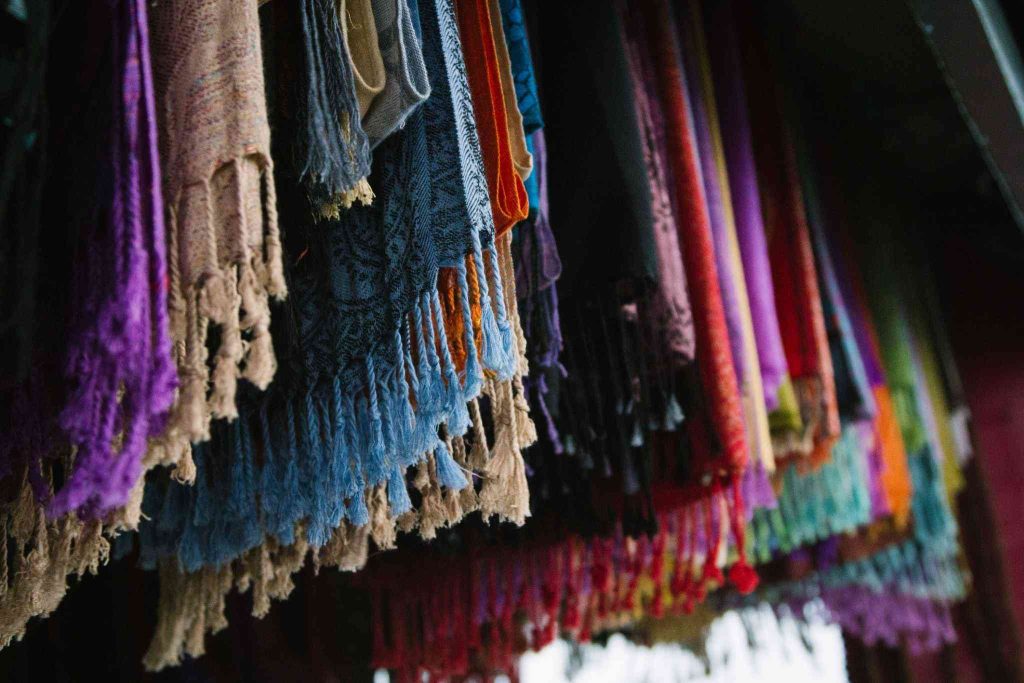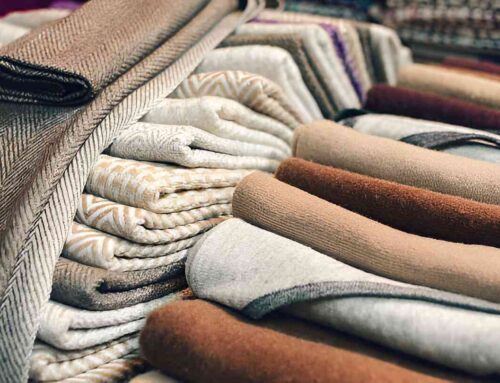From the Himalayan Goats to Luxurious Shawls
Nepal’s Pashmina heritage is a testament to the country’s rich culture & artistry. From rugged terrain of the Himalayan to the creation of luxurious shawls, this blog post will take you on a journey through the fascinating world of Nepal’s Pashmina industry. Discover the origins of Pashmina fiber, explore the traditional craftsmanship, and immerse yourself in the allure of these exquisite woolen products.
| Main Points |
|---|
| 1. Captivating Origins: Himalayan Goats and Pashmina Fiber |
| 2. Delicate Harvesting and Processing of Pashmina Fiber |
| 3. The Art of Hand Spinning: Transforming Fiber into Yarn |
| 4. Dyeing Techniques: A Kaleidoscope of Colors |
| 5. Traditional Craftsmanship: Weaving the Pashmina Magic |
| 6. Luxurious Shawls: An Expression of Elegance |
Main Points
1. Captivating Origins: Himalayan Goats and Pashmina Fiber
The story begins with the Himalayan goats, who roam the breathtaking mountainscapes of Nepal. These goats produce a remarkable undercoat, known as Pashmina fiber, which is the cornerstone of Nepal’s Pashmina industry. This fiber is renowned for its unmatched softness, warmth, and lightweight nature, making it highly coveted for luxurious shawls and other Pashmina products.
2. Delicate Harvesting and Processing of Pashmina Fiber
Gathering Pashmina fiber is a delicate and meticulous process. The herders carefully collect the shed undercoat of the Himalayan goats, ensuring minimal harm to the animals. The collected fiber then undergoes rigorous sorting, where skilled artisans separate the finest fibers from coarser ones. This selection process is vital to maintain the quality of the Pashmina.
3. The Art of Hand Spinning: Transforming Fiber into Yarn
Once the Pashmina fiber is sorted, it is skillfully spun by hand to create fine yarn. This traditional method ensures that the delicate fibers are treated with the utmost care, preserving their exceptional qualities. Hand spinning also allows for the creation of different yarn thicknesses, catering to the diverse needs of Pashmina products.
4. Dyeing Techniques: A Kaleidoscope of Colors
Pashmina products come alive with a vibrant array of colors. Nepal’s artisans employ various dyeing techniques, both traditional and modern, to infuse the yarn with vivid hues. Natural dyes sourced from plants, roots, and minerals are often preferred, adding an organic touch to the Pashmina creations. Each dyeing process is a labor of love, resulting in stunning and unique color palettes.
5. Traditional Craftsmanship: Weaving the Pashmina Magic
The weaving process is where the Pashmina truly takes shape. Nepal’s skilled weavers, often working on handlooms, meticulously bring the designs to life. Traditional patterns, such as paisley and floral motifs, reflect the country’s rich cultural heritage. The combination of intricate weaving techniques and timeless designs results in shawls that are not just warm and cozy but also works of art.
6. Luxurious Shawls: An Expression of Elegance
Nepal’s Pashmina industry is renowned for its luxurious shawls that exude elegance and sophistication. These shawls are sought after globally for their unparalleled quality and craftsmanship. The lightweight yet warm nature of Pashmina makes it a perfect accessory for any occasion, be it a formal event or a casual outing. Owning a Pashmina shawl is like owning a piece of Nepal’s rich heritage.
Conclusion:
Nepal’s Pashmina heritage is a treasure trove of artistry and craftsmanship. From the Himalayan goats that produce the exquisite Pashmina fiber to the skilled artisans who weave them into luxurious shawls, every step reflects the country’s dedication to preserving its cultural legacy. By exploring Nepal’s Pashmina heritage, we gain a deeper appreciation for these exceptional woolen products.






